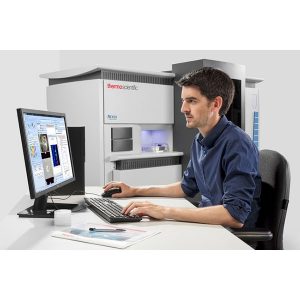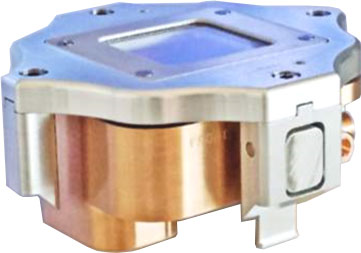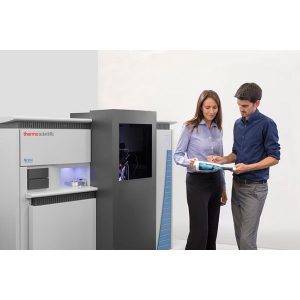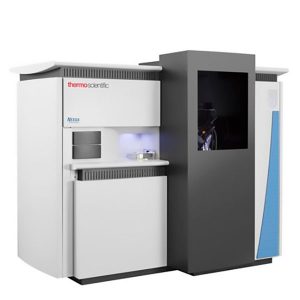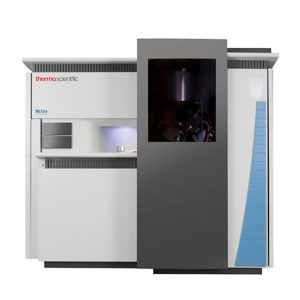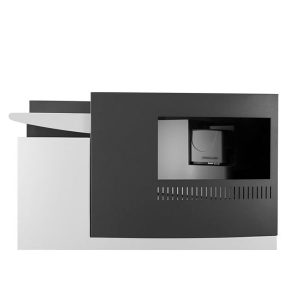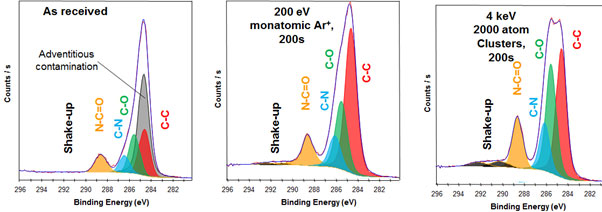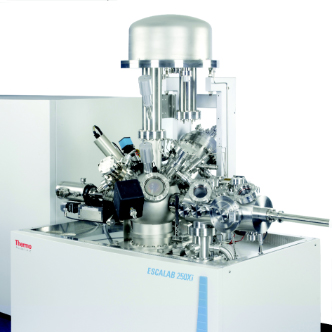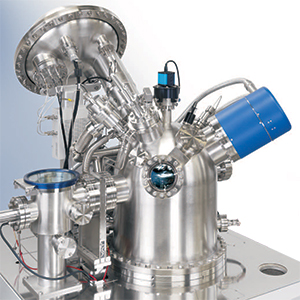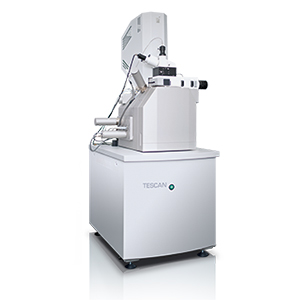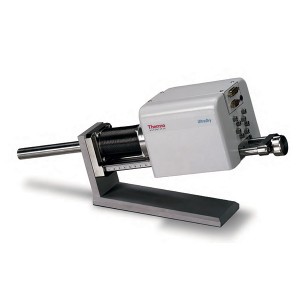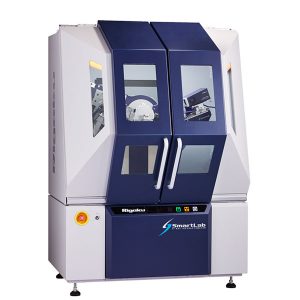NEXSA – High Performance XPS with Multiple Surface Analysis Technique Integration
Research level surface analysis with multi-technique integration for academic and industrial labs at a cost-effective price
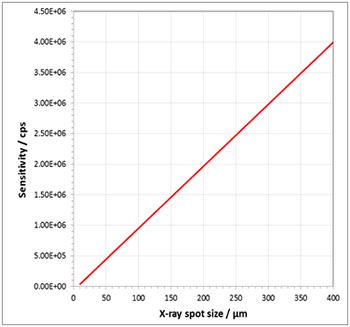 The NEXSA puts world-class XPS (X-ray Photoelectron Spectroscopy) surface analysis into the hands of non-experts with minimal training and effort. It has been designed to deliver high quality data about surfaces and to integrate with other analytical techniques without compromising data quality.
The NEXSA puts world-class XPS (X-ray Photoelectron Spectroscopy) surface analysis into the hands of non-experts with minimal training and effort. It has been designed to deliver high quality data about surfaces and to integrate with other analytical techniques without compromising data quality.
The design of the NEXSA builds on key features of other Thermo Scientific XPS models including:
- High sensitivity and throughput of the kAlpha+
- Multi-technique capabilities of the ESCALAB Xi+ XPS microprobe
Integration of Optional Analytical Techniques
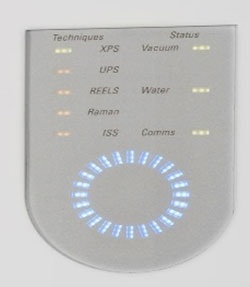 Correlative analyses can be carried out on exactly the same spot on your sample giving you a more in depth understanding of your materials. The NEXSA allows you to integrate complimentary techniques such as:
Correlative analyses can be carried out on exactly the same spot on your sample giving you a more in depth understanding of your materials. The NEXSA allows you to integrate complimentary techniques such as:
- Raman spectroscopy
- Ion scattering spectroscopy (ISS)
- Reflected Electron Energy Loss Spectroscopy (REELS)
- UV Photoelectron Spectroscopy (UPS)
New Features of the NEXSA
Additional key features of the Nexsa surface analysis system include:
-
New small spot X-ray source Focus in on regions from 10 to 400µm in 5 µm steps. This small spot size results in improved imaging capabilities over previous instruments;
- Handling air-sensitive materials Sensitive materials such as lithum ion battery materials must be transferred to the instrument without exposure to atmospheric air. This can be achieved using an optional vacuum transfer module or integration with an external glove box
- Insulator Analysis The one-click charge compensation and patented duel beam flood source prevents charging simplifying analysis of insulating materials
- Depth Profiling – Integration with the optional patented Thermo Scientific MAGCIS dual mode ion source to enables depth profiling/3D analysis of soft materials e.g. polymers.
XPS SnapMap
NEXSAs unique three camera optical system helps you locate areas of interest, bring them into focus and to align them with the analysis position, providing total clarity to complex samples. XPS SnapMap quickly produces fully-focused XPS images for defining experiments. The resultant data can be analysed by the Advantage software.
Advantage Software
The comprehensive Advantage software platform is the central point for the operator allowing easy access to features including:
- Instrument control
- Data acquisition
- Data processing
- Reporting
It caters for multiple users of varying experience levels providing you with the tools to maximise sample analysis.
Applications
|
|
|
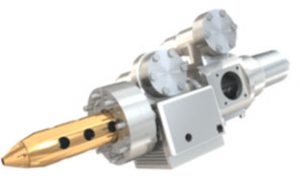 Depth Profiling
Depth Profiling
Depth profiling is an important tool that allows takes XPS below the surface. By etching the surface with an ion beam, the surface layer is removed and the composition of the next layer can be determined using XPS. This allows 3-dimensional chemical profiles to be generated.
Thermo Scientific XPS systems benefit from MAGCIS (Monatomic And Gas Cluster Ion Source) technology. This allows you to use various size gas clusters of the nature Arn+ (50?n?2000). Larger gas clusters reduce the level of surface damage that occurs during etching. With larger clusters, sample damage is reduced as some impact energy/momentum is consumed through disintegration of the cluster.
Full control of the MAGCIS system is available to the operator via the Advantage software package.
Minimised Surface Damage
Polyimide which is prone to damage during etching. The middle spectra shows how the the chemistry is significantly affected by monatomic etching. The right side spectra shows how the chemistry is unaffected by cluster etching.
Depth Profile of a Hard Disk Drive
A depth profile of a computer hard disk is provided on the right that demonstrates how XPS can be used to measure the chemical composition of the sample as a function of depth.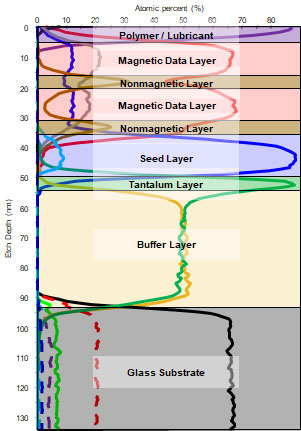
Monatomic Mode
- Based on EX06 monatomic ion source
- 500eV-4keV with high beam currents
Cluster Mode
- Variable cluster sizes (>2000 atoms)
- Energy/atom: 1eV upwards
SnapMap
Rapid XPS Imaging
SnapMap is a rapid mapping technique that significantly reduces the time required to map a sample compared to traditional techniques from hours to just a few minutes with no change to resolution.
It can be used to determine the distribution of elemental or chemical states on the sample surface using overlay maps.
Characteristics of SnapMap include:
- Confidently define small area analysis positions
- Excellent sensitivity, even at small spot size
- Rapid acquisition, higher throughput
Overlay Map of a Microelectronic Sample
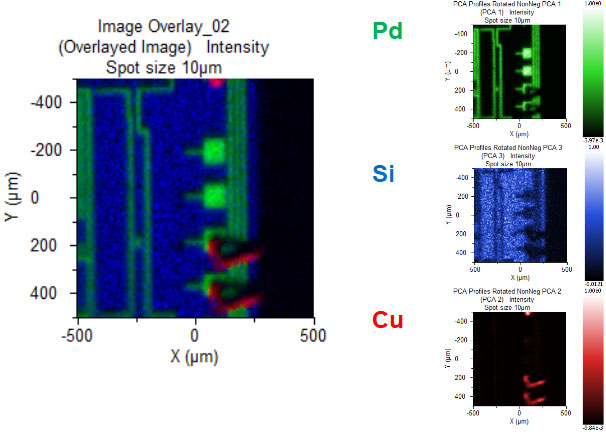
Application Notes
The following application notes relating to the Thermo Scientific NEXSA XPS system are available for download:
